
As a veterinarian, and proud owner of a lovely little tortoiseshell cat, I’ve probably heard every warning, joke, assumption, and fact about torties that exists. In fact, when my colleagues saw the fur color of my newest little rescue, they all laughed at me!
Tortoiseshell cats are not a distinct breed but are named for the distinctive mixed black and ginger color and pattern of their fur. "Tortitude" is a word coined to describe the rumored strong personality of these colorful cats, a stereotype that is now backed up by a study into aggression in cats. Torties and calicos can make loving, loyal pets, but a good understanding of cat behavior and communication can be useful to live harmoniously with them.Key Takeaways
Tortoiseshell cats are known as the “divas of the cat world,” due to their feisty natures, full characters, and multiple mentions in folklore. But is this “tortitude” just a myth among cat people, or do these colorful felines really have striking personalities?
We actually now have research to back up these claims, so read on to find out more about the genetics and personality of tortoiseshell cats, and how best to handle them!
What Is A Tortie?
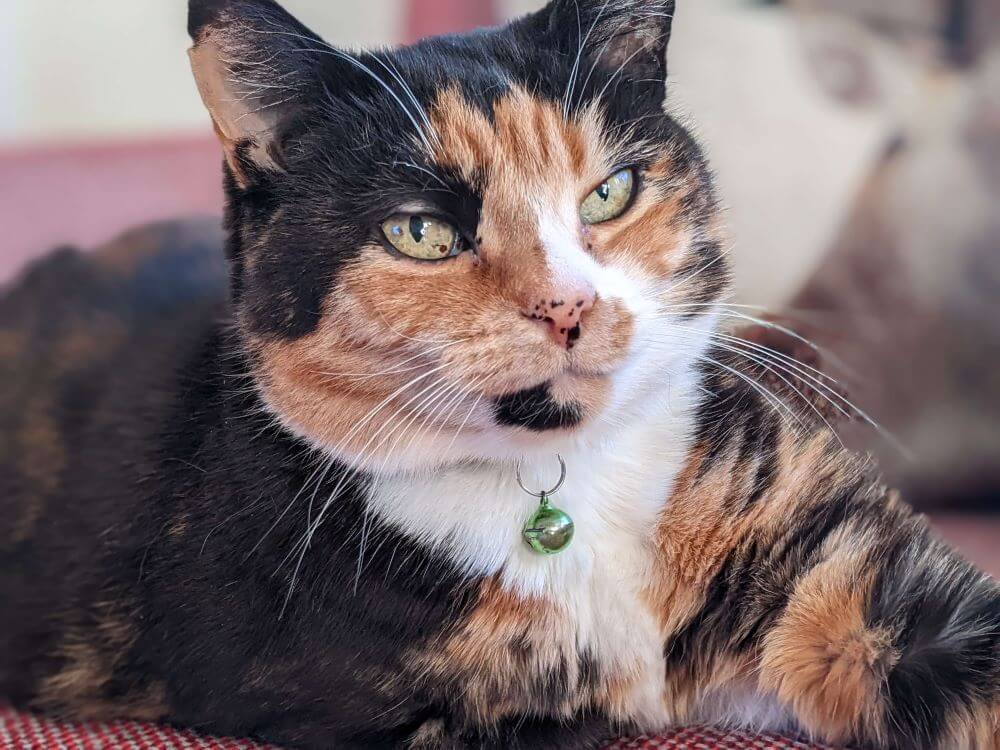
Pictured: Dr. Lizzie Youens’ tortoiseshell cat, Pi. Tortoiseshell cats are defined by their marbled mix of black and ginger fur, but some have cream, white, and orange shades in addition to black and red.
A tortoiseshell cat is not a breed of cat, but rather a reference to the color of their fur. The name refers to multiple colors mixed into a tortoiseshell pattern. Tortoiseshell coats are usually a marbled mix of black and a ginger red, but can this color pattern can also contain creams, white, and orange.
The tortoiseshell pattern can be found in many different breeds, or mixed breed cats, although it is a common color in Maine Coons, Persians, and American Shorthairs. They can be short-haired or long-haired.
The traditional tortoiseshell pattern has multiple variations. Dilute torties have a similar pattern of colors, but include paler gray and cream colors. A “torbie” is a cross of the tortoiseshell pattern mixed with tabby stripes. Calico cats have tri-colored fur, with white added to the black and amber, and usually in larger color patches or blocks rather than the more mixed, brindled look seen in the traditional tortoiseshell pattern.
The distinctive tortoiseshell pattern is carried in the cat’s genetics, with the responsible gene found on an X chromosome. It is a recessive code, meaning that two X chromosomes are needed to code for the tortoiseshell pattern, and therefore, these distinctive cats are almost always females. Male tortoiseshell cats are incredibly rare and only found due to genetic mutations. The genetic complexities of cat colors mean that tortoiseshell kittens can be born to parents of a variety of colors.
Also Read: Tortoiseshell Cats: Facts, Personality, Lifespan And Pictures
The History Of Tortoiseshell Cats
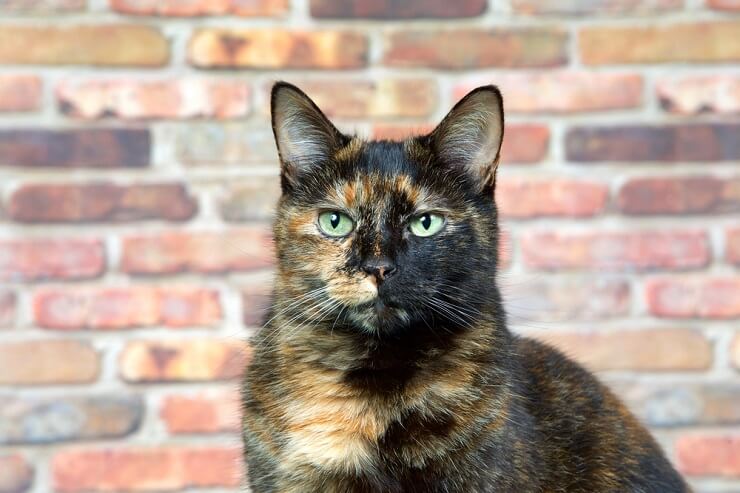
Many cultures consider tortoiseshell cats to bring good luck, fortune, or protection.
Torties and calicos appear in folklore of various different cultures, presumably as their distinctive coats and personalities made them stand out from the crowd.
In the United States, tortoiseshell cats are sometimes called “money cats,” as they are thought to bring financial good luck as one of their accomplishments. In Celtic history, torties were thought to bring good tidings in times of misfortune or a difficult situation.
In more Eastern cultures, torties were popular with Japanese fishermen, who took them onboard their boats to protect from both shipwrecks and ghosts!
Also Read: Tortoiseshell Versus Calico Cats: What’s The Difference Between Them?
What Is Tortitude?
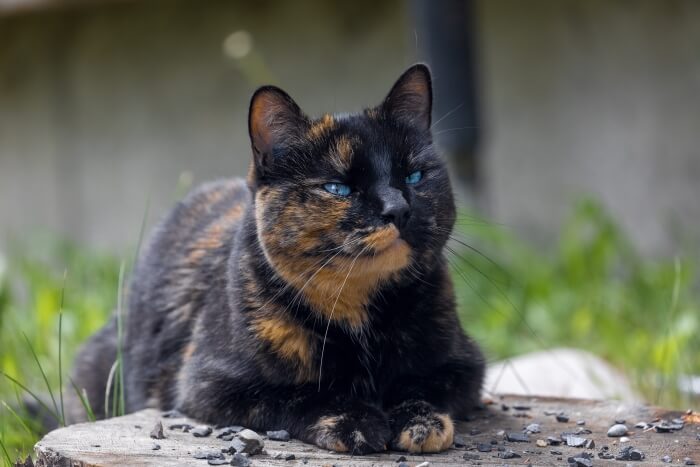
Tortoiseshell cats have earned a reputation for being feisty, fearless, and extremely loyal.
Most cat lovers will have heard rumors of the tortoiseshell personality—or experienced it first-hand! These colorful cats are known to be feisty, independent, and strong-willed female cats, with a perchance to give a swat or scratch to anything they find unacceptable.
As a veterinarian, I always approach my tortie patients with a degree of care and have been the recipient of many hisses (and even a bite!) from these sassy felines.
However, they are also linked with integrity and loyalty to their owners. Tortoiseshell cats are popular, not only due to their stunning looks but because of their loyal, bonded natures, and quirky personalities.
Also Read: Which Personality Type Does Your Cat Have?
Is Tortitude a Real Thing?
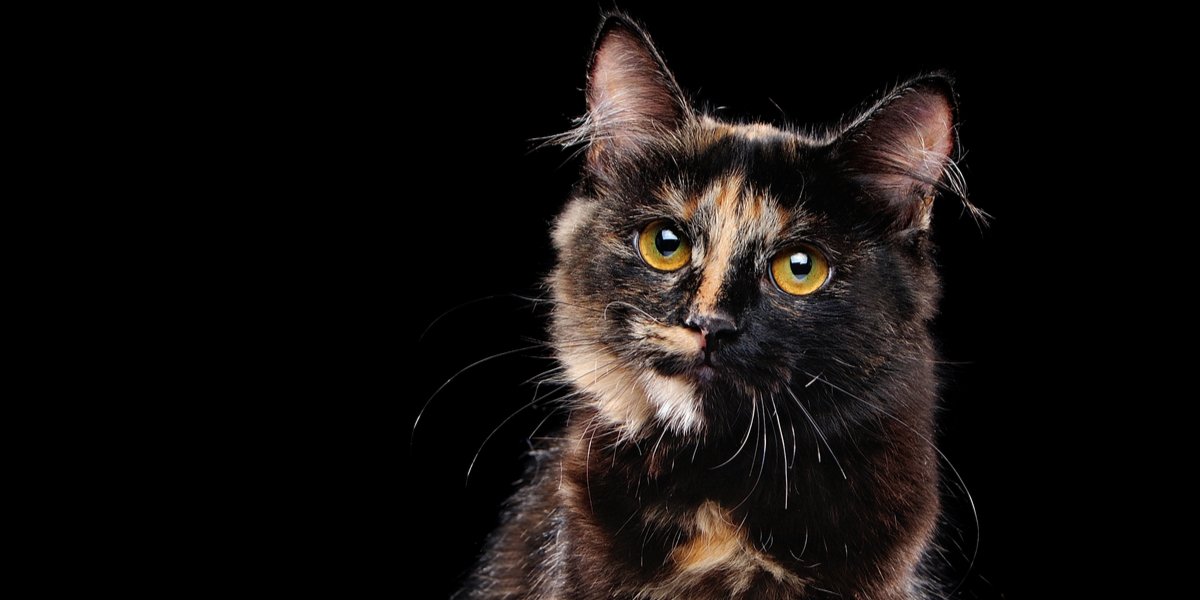
Although the science is not definitive, some research has supported the idea of “tortitude.”
It can sometimes be easy to get carried away by various myths and legends in the pet world. Are torties really any different from other colored cats, or is it all just a stereotype?
A study in 2016, led by the UC Davis Veterinary Medical Teaching Hospital at the University of California, looked at possible links between cat coat color and aggressive behaviors1. They analyzed responses from more than 1,200 cat owners, looking at everyday aggression from pet cats.
It was found that sex-linked orange females (torties, calicos, and torbies), were more likely to show negative behaviors such as hissing, swatting, biting, and chasing behaviors, with black-and-white and gray-and-white cats also slightly more likely to engage in aggression.
It is important to remember that there are certain limitations to this study. The population of owners was self-selected, rather than random, which might lead to bias. The questionnaires were also based on the cat guardians’ own subjective opinions, with no objective measures of aggression used.
Lastly, the authors acknowledge that the differences were minor: aggression levels in pet cats were overall very low, so even subtle differences between different colored cats were flagged as significant.
Overall, it does appear that there is some evidence that supports the concept of tortitude. These beautiful kitties can be feisty, but it needs to be noted that the differences are minor.
Aggression is also not a personality trait and can be a very complex issue, affected by many other variables than just fur color. Your cat’s personality, behavior, and social interactions are determined by various factors, including genetics, socialization, and human interactions2.
Also Read: How To Deal With Food Aggression In Cats
How To Deal With The Tortie Personality

The extra feistiness seen in torties is just part of the fun of owning these unique cats.
Do you have a cheeky tortie or an independent calico? Or thinking of adding to your household with a colorful girl? The above study into aggressive behavior shouldn’t deter anyone from getting a tortie—the differences in aggression were very mild, and many other factors will have contributed.
The main consensus on tortie personality is that they are independent, confident, and like things done their own way. They might not appreciate being picked up and cuddled whenever you like—allow them to approach you on their own terms.
Keep their routine simple and predictable, spend lots of time with them to form a strong bond, and give them space when they indicate they need it. My own tortoiseshell girl is loving, affectionate, and loyal, but she does like things done on her own terms!
Understanding cat behavior, body language, and cat communication is valuable to all cat owners, whatever their color. If you’re taking on a new cat, make sure you are fully prepared with this handy checklist, to provide a secure and relaxed transition.
If you feel you are struggling to bond with your independent tortoiseshell, there are some good suggestions here. Learning to read “cat” is a truly useful skill to avoid misunderstandings, confrontations, and tense relationships.
Also Read: The Five Cat Personality Types
Tortitude: Final Thoughts

Tortoiseshell cats are sassy, independent, and strong-willed, so they can keep you on your toes.
Tortoiseshell cats are not a specific breed but are named for the distinctive mixed pattern and color of their fur. They are well known to have strong characters, and research shows they might show more feisty behaviors toward their owners! Living with a tortie is often a fun and rewarding experience, but understanding cat communication can be helpful to manage their strong-willed personality.
Also Read: How To Tell Which Cat Is Dominant
Frequently Asked Questions
What is the personality of a tortie?
Tortoiseshell cats are known to be independent, strong-willed, and somewhat feisty. They like things on their own terms, but they can also be loving, affectionate, and very loyal.
What causes tortitude?
Tortoiseshell cats are known for their sassy personalities, otherwise known as "tortitude." The tortoiseshell color is strongly genetic and carried in the X chromosome, and cat personality is also strongly gene-linked, which might explain the distinct character of these colorful cats.
Are torties sassy?
Tortoiseshell cats are thought to have strong personalities, full of sass, strength, and independence. They also tend to be feistier with owners, showing higher levels of swatting and scratching behaviors.
Do tortoiseshell cats love their owners?
A cat’s bond with their owner depends on multiple factors. Torties are known for their strong, independent personalities, but can be extremely loving and loyal to their bonded human companions.
-
Stelow, E., Bain, M., & Kass, P. (2016). The relationship between coat color and aggressive behaviors in the domestic cat. Journal of Applied Animal Welfare Science 19(1) pp.1-15.
-
Turner, D. (2021). The mechanics of social interactions between cats and their owners. Frontiers in Veterinary Science 8
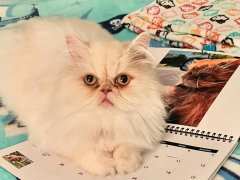
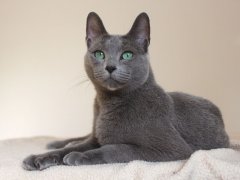
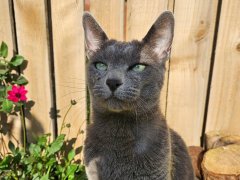


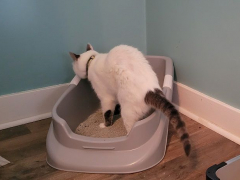


I had a sweet tortie who was spayed and only liked neutered male cats. She loved to play with empty paper bags. It broke my heart when she got cancer, and I had to put her down. I held her when the vet put her down so the last thing she did was to grab on to me. If you ever put a pet to sleep, make sure you are there when they go down. Vets say that’s the last thing pets look for when they go down is their person(s)
We have a tortie. I didn’t know that is what she is. She was wild but hung around our house 11 years ago. She is now an inside/outside cat and lets us pet her and give her hugs. We have adopted her. She has even travelled with us twice. We have her vaccinated, etc. I am so glad to find out all of this information on her!
Thanks for sharing, Lana!
Greetings
Hope you find my comment well.
I had tortoiseshell longhair, the cutest , loveliest, warmest kitty, which never ever hissed, scratched or bite anybody. The most loyal to only one owner, like a soulmate. She was never friendly with other cats, but was the sweetest one I ever had.
Thank you for sharing the story of your sweet tortie.